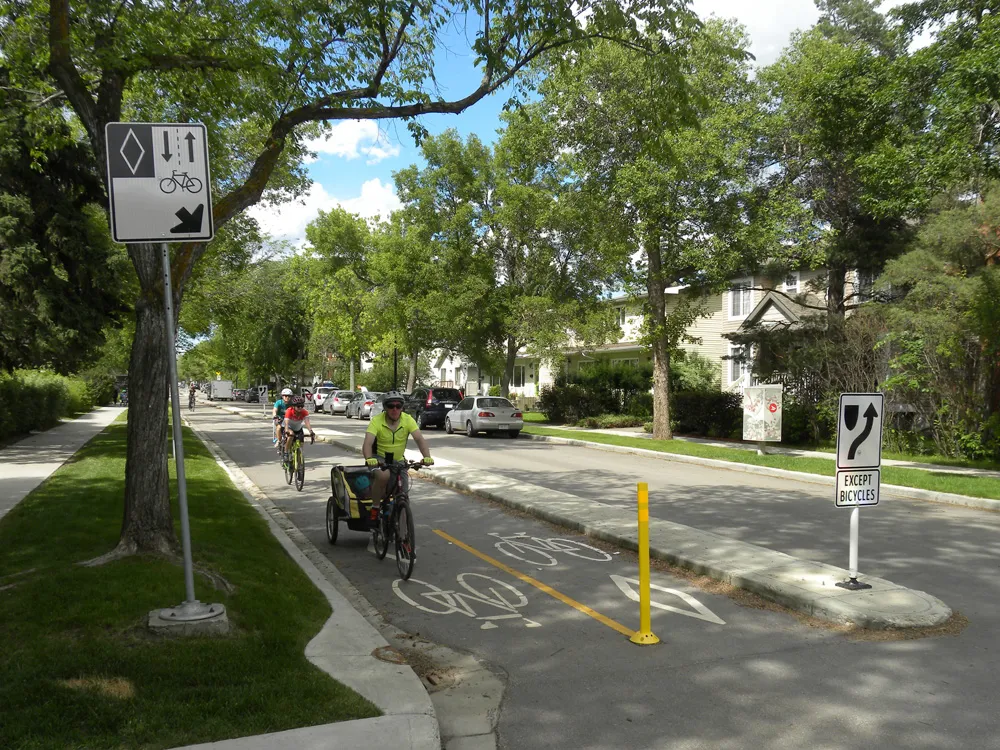In a blog on its website, Tesla Motors, which since October 2014 has been equipping its Model S car with hardware such as a forward radar, forward camera, electric assist braking system, to allow for the incremental introduction of self-driving technology, has announced the release of Tesla version 7 software. Called Tesla Autopilot, it allows those tools to deliver a range of new active safety and convenience features, designed to work in conjunction with the automated driving capabilities already offered
October 20, 2015
Read time: 2 mins
In a blog on its website, 597 Tesla Motors, which since October 2014 has been equipping its Model S car with hardware such as a forward radar, forward camera, electric assist braking system, to allow for the incremental introduction of self-driving technology, has announced the release of Tesla version 7 software. Called Tesla Autopilot, it allows those tools to deliver a range of new active safety and convenience features, designed to work in conjunction with the automated driving capabilities already offered in the Model S.
This combined suite of features represents what Tesla claims is the only fully integrated autopilot system involving four different feedback modules: camera, radar, ultrasonics, and GPS. These mutually reinforcing systems offer real-time data feedback from the Tesla fleet, ensuring that the system is continually learning and improving upon itself.
Autopilot allows the Model S to steer within a lane, change lanes with the simple tap of a turn signal, and manage speed by using active, traffic-aware cruise control. Digital control of motors, brakes, and steering helps avoid collisions from the front and sides, as well as preventing the car from wandering off the road. Your car can also scan for a parking space, alert you when one is available, and parallel park on command.
Tesla Autopilot relieves drivers of the most tedious and potentially dangerous aspects of road travel. While truly driverless cars are still a few years away, Tesla claims Autopilot functions like the systems that airplane pilots use when conditions are clear. The driver is still responsible for, and ultimately in control of, the car and always has intuitive access to the information the car is using to inform its actions.
This release also features a visual refresh of the digital displays for every single Model S around the world. The instrument panel is focused on the driver and includes more functional apps to help the driver monitor the ride.
This combined suite of features represents what Tesla claims is the only fully integrated autopilot system involving four different feedback modules: camera, radar, ultrasonics, and GPS. These mutually reinforcing systems offer real-time data feedback from the Tesla fleet, ensuring that the system is continually learning and improving upon itself.
Autopilot allows the Model S to steer within a lane, change lanes with the simple tap of a turn signal, and manage speed by using active, traffic-aware cruise control. Digital control of motors, brakes, and steering helps avoid collisions from the front and sides, as well as preventing the car from wandering off the road. Your car can also scan for a parking space, alert you when one is available, and parallel park on command.
Tesla Autopilot relieves drivers of the most tedious and potentially dangerous aspects of road travel. While truly driverless cars are still a few years away, Tesla claims Autopilot functions like the systems that airplane pilots use when conditions are clear. The driver is still responsible for, and ultimately in control of, the car and always has intuitive access to the information the car is using to inform its actions.
This release also features a visual refresh of the digital displays for every single Model S around the world. The instrument panel is focused on the driver and includes more functional apps to help the driver monitor the ride.








